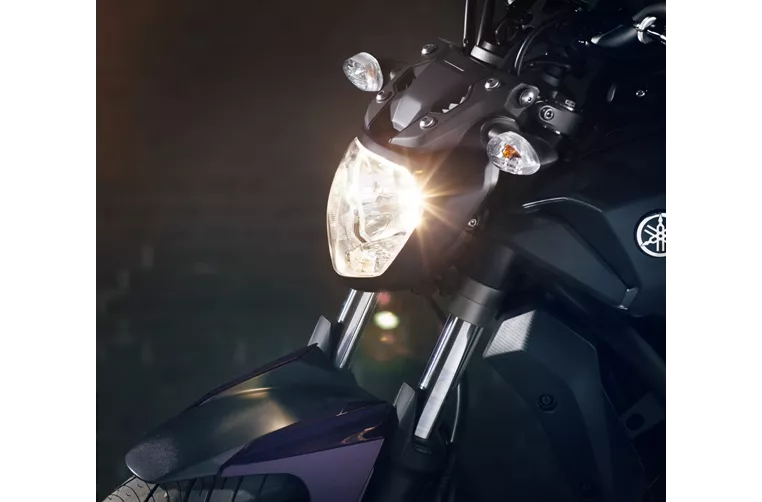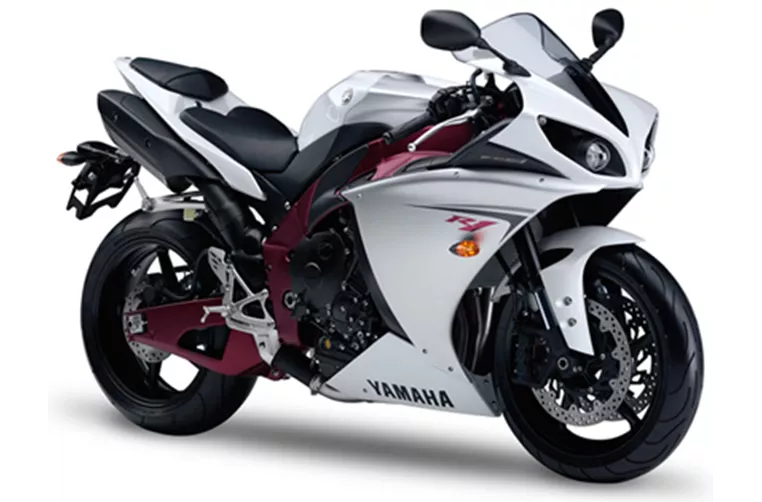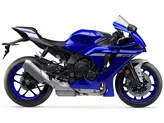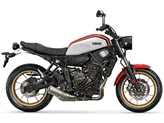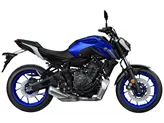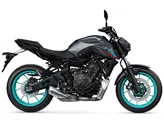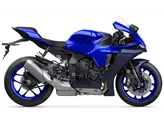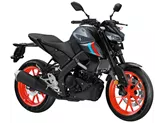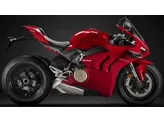Yamaha MT-07 2014 vs. Yamaha R1 2009
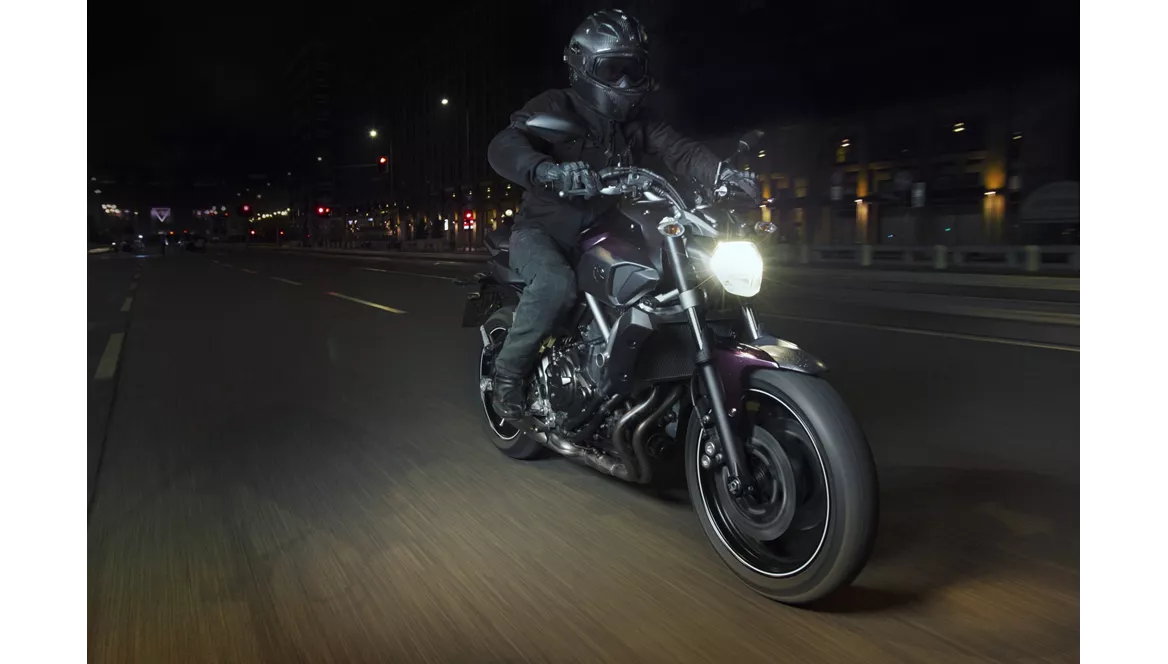
Yamaha MT-07 2014

Yamaha R1 2009
Overview - Yamaha MT-07 2014 vs Yamaha R1 2009
The Yamaha MT-07 2014 and the Yamaha R1 2009 are both impressive motorcycles, each with their own unique strengths and weaknesses.
Starting with the Yamaha MT-07 2014, this naked bike boasts a powerful engine with 75 horsepower and 68 Nm of torque. Its in-line, 2-cylinder engine provides a thrilling ride, while the 689cc displacement ensures ample power. The MT-07 also features a liquid cooling system, which helps keep the engine temperature in check. The bike's compression ratio of 11.5 contributes to its energetic performance.
In terms of suspension, the MT-07 is equipped with a telescopic fork at the front, providing a comfortable and smooth ride. However, some riders may find the suspension a little soft, which could affect the bike's handling in certain situations. Additionally, the footrests on the MT-07 have a tendency to drag quickly, which may limit the bike's cornering capabilities.
The MT-07's frame is made of steel, which offers a good balance between strength and weight. The bike's double disk brakes provide powerful stopping power, ensuring safety on the road. The front and rear tires have a diameter of 17 inches, contributing to the bike's stability and maneuverability.
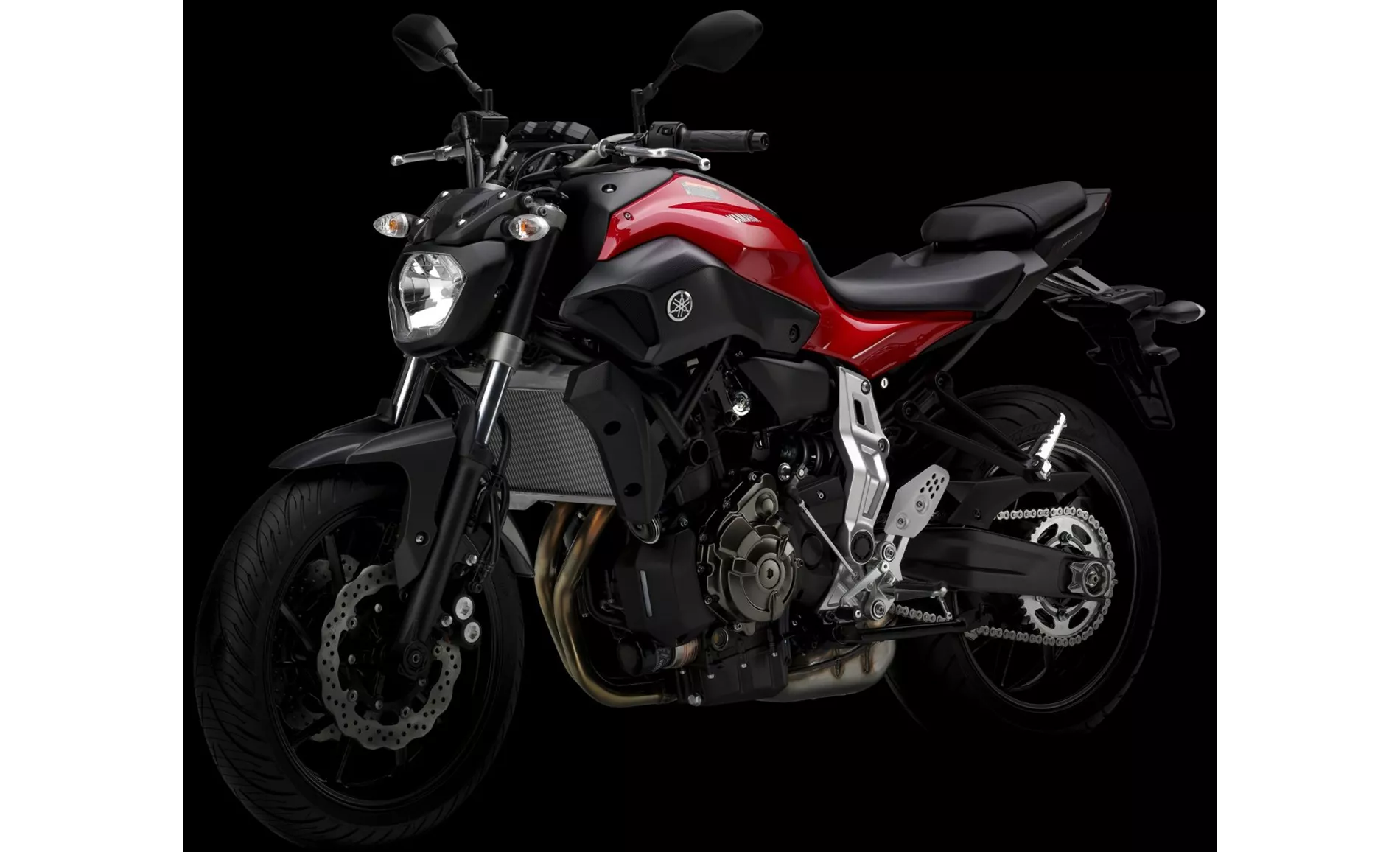
Yamaha MT-07 2014
In terms of dimensions and weights, the MT-07 has a wheelbase of 1400mm, which helps provide stability at high speeds. The seat height is 805mm, offering a comfortable seating position for riders of various heights. The fuel tank capacity is 14 liters, which is decent for longer rides.
The Yamaha MT-07 2014 has several notable strengths. Firstly, its engine is extremely agile, delivering a thrilling and responsive performance. The bike's light handling and low weight make it easy to maneuver in various riding conditions. Additionally, the MT-07 has an aggressively angular appearance, giving it a distinctive and eye-catching look. The powerful brakes provide excellent stopping power, enhancing safety on the road. The seating position is comfortable, allowing riders to enjoy long rides without discomfort. The bike also has a throaty sound, adding to the overall riding experience. Lastly, the extensive and easy-to-read display provides riders with important information at a glance.
However, the MT-07 also has some weaknesses. The suspension is a little soft, which may affect the bike's handling in certain situations. The footrests tend to drag quickly, limiting the bike's cornering capabilities. Additionally, some plastic parts on the MT-07 may feel cheap and not as durable as desired. Lastly, the telescopic fork may be considered boring by some riders, who may prefer a more advanced suspension system.
Moving on to the Yamaha R1 2009, this supersport bike is known for its sophisticated sound and impressive power delivery. Its in-line, 4-cylinder engine produces a whopping 182 horsepower and 115.5 Nm of torque. The 998cc displacement ensures a thrilling and exhilarating ride. The R1 also features a liquid cooling system, keeping the engine temperature under control. The compression ratio of 12.7 contributes to the bike's high-performance capabilities.
Like the MT-07, the R1 is equipped with a telescopic fork at the front, providing a comfortable and smooth ride. The bike's aluminum frame offers a good balance between strength and weight, contributing to its overall performance. The double disk brakes provide powerful stopping power, ensuring safety on the road. The front and rear tires have a diameter of 17 inches, providing stability and maneuverability.
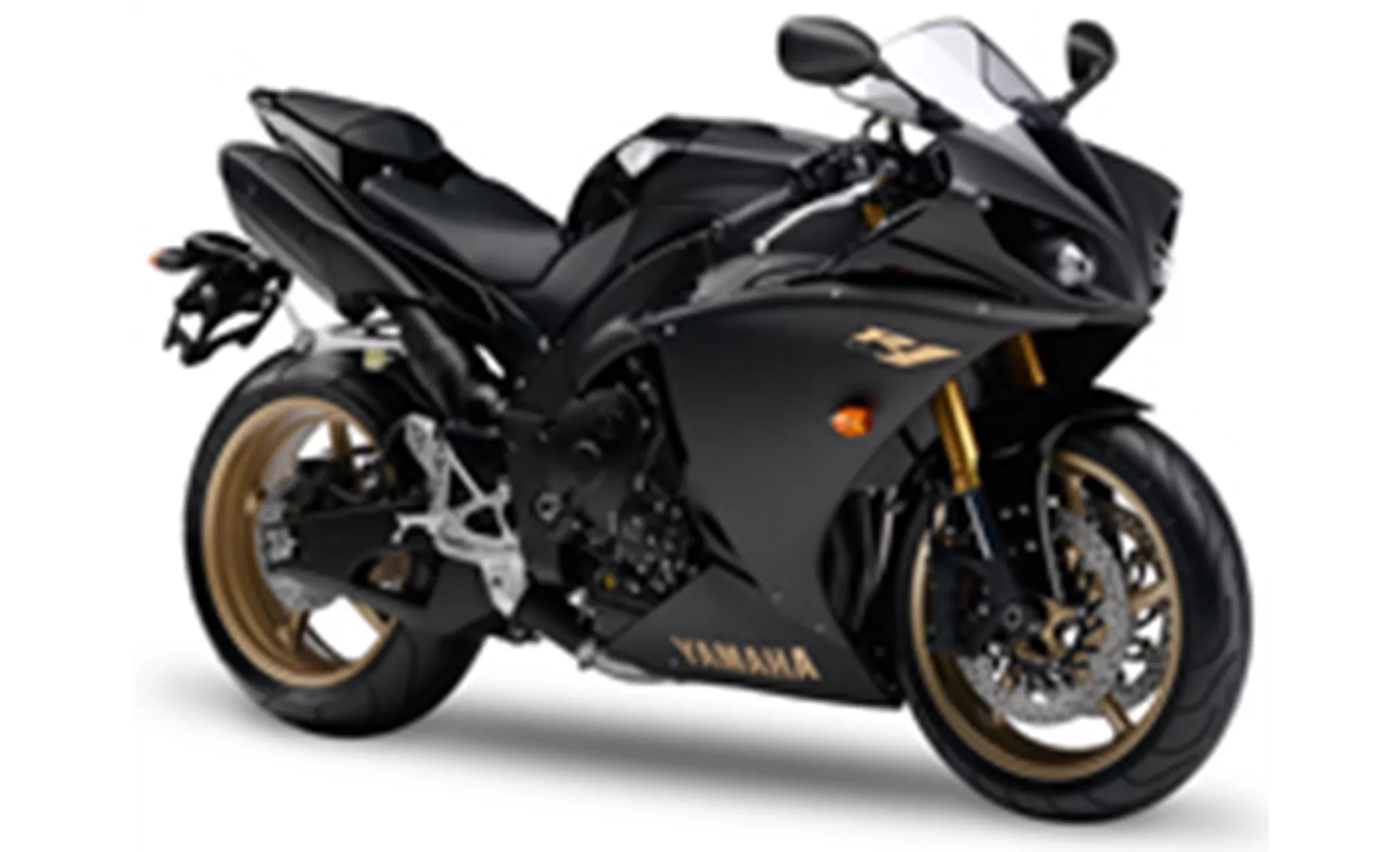
Yamaha R1 2009
In terms of dimensions and weights, the R1 has a wheelbase of 1415mm, offering stability at high speeds. The seat height is 835mm, which may not be ideal for riders of shorter stature. The fuel tank capacity is 18 liters, allowing for longer rides without frequent refueling.
The Yamaha R1 2009 has several notable strengths. Firstly, its sophisticated sound adds to the overall riding experience, creating a thrilling and exhilarating atmosphere. The bike's power delivery is smooth and controlled, allowing riders to feel in control at all times. The R1's handling is easy and responsive, making it a joy to ride in various conditions. The hydraulic spring preload contributes to the bike's stability and comfort. Lastly, the R1 is known for its high level of workmanship, with attention to detail and quality evident throughout the bike.
However, the R1 also has some weaknesses. The seating position may be considered suboptimal by some riders, who may find it uncomfortable over long distances. Additionally, the bike's cornering capabilities may be somewhat difficult, especially during extended rides.
In conclusion, the Yamaha MT-07 2014 and the Yamaha R1 2009 are both impressive motorcycles with their own unique strengths and weaknesses. The MT-07 offers a thrilling and agile ride, with light handling and a comfortable seating position. On the other hand, the R1 delivers a powerful and exhilarating performance, with easy handling and a high level of workmanship. Riders must consider their preferences and riding style when choosing between these two models.
Technical Specifications Yamaha MT-07 2014 compared to Yamaha R1 2009
Pros and Cons in comparison
Pros and Cons in comparison
Yamaha MT-07 2014
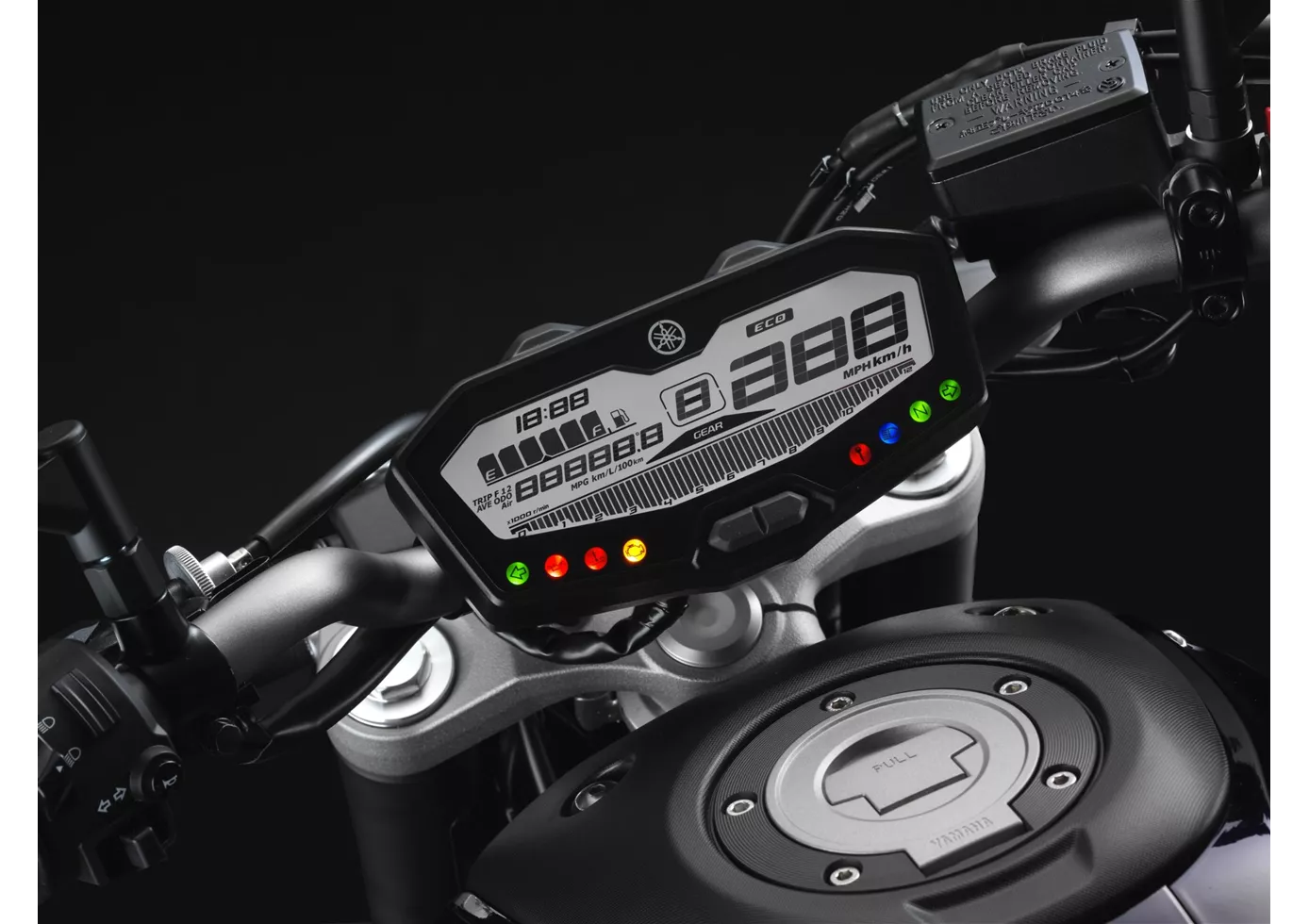
The MT-07 is an incredible fun machine that is extremely sporty to ride. The brakes pack a punch, the handling is superb and the engine is currently by far the most agile powerplant in this class - and even above.
Yamaha R1 2009
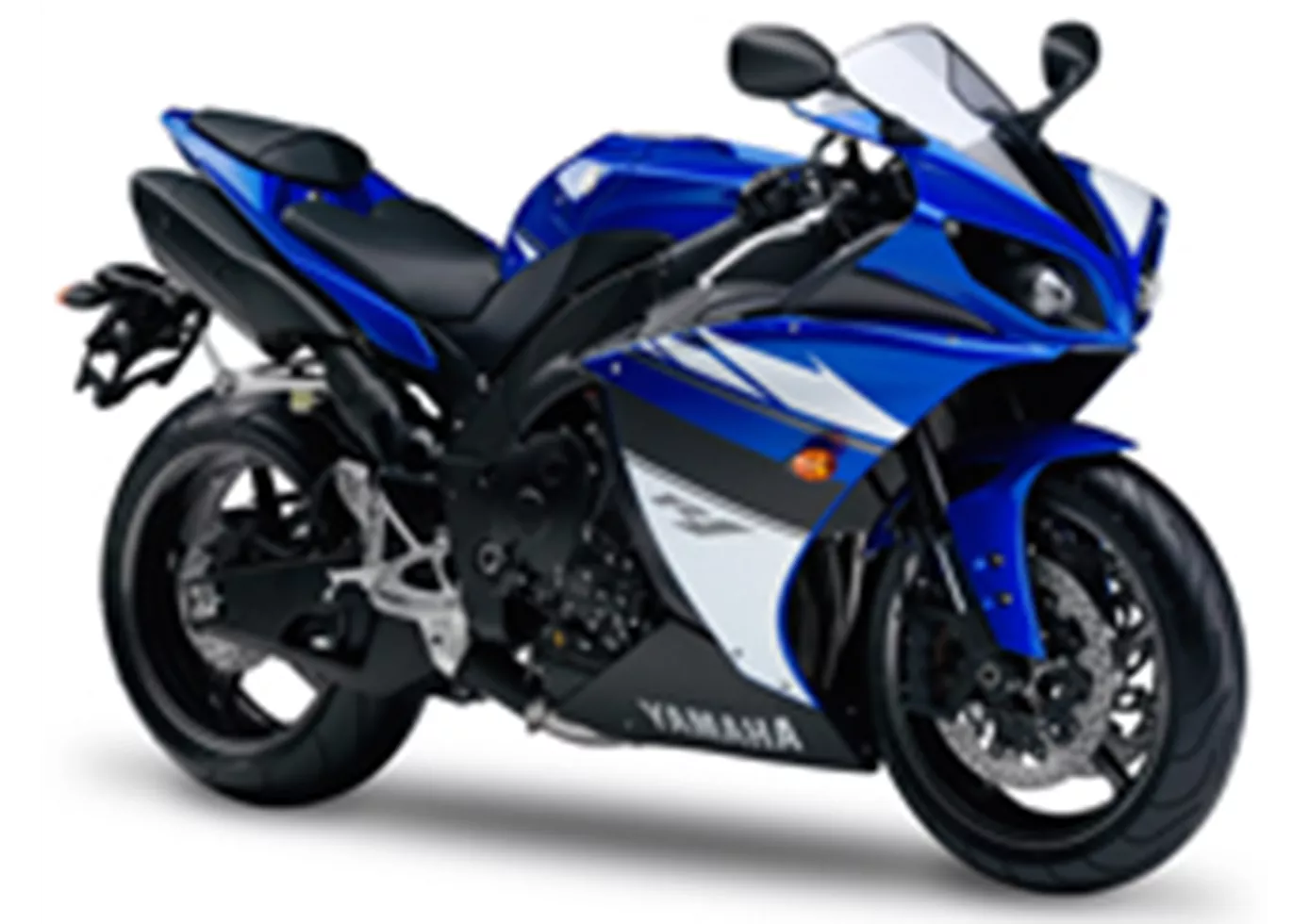
Of course, the new R1 engine also passed all the tough Yamaha stress tests and comes with the same guarantees as other Yamaha motorbikes. Because until now, it was precisely the issues of durability and reliability that prevented series production of such an engine.
Price Comparison Avarage Market Price Yamaha MT-07 vs Yamaha R1
There are a few key differences between a Yamaha MT-07 2014 and a Yamaha R1 2009. There are the same number of bikes of both models available on the 1000PS.de marketplace, specifically 17. It takes less time to sell a Yamaha MT-07 with 37 days compared to 45 days for a Yamaha R1. Since model year 2013 1000PS.de editors have written 69 reviews for the Yamaha MT-07 and 80 reviews for the Yamaha R1 since model year 2005. The first review for the Yamaha MT-07 was published on 11/4/2013 and now has more than 12,600 views. This compares to more than 3,900 views for the first review on Yamaha R1 published on 4/28/2003.
